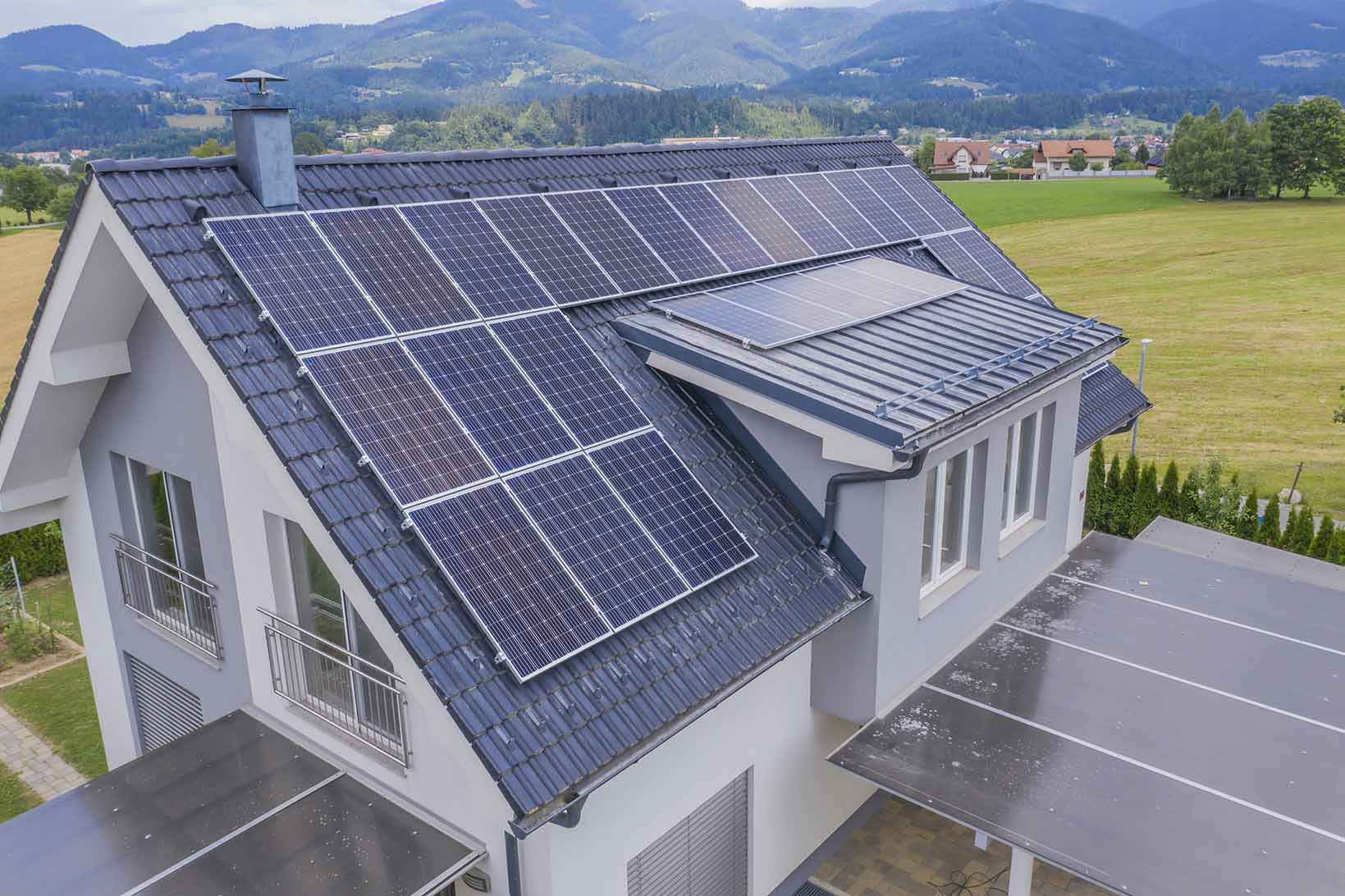How Solar Panels Can Significantly Reduce Your Carbon Footprint
As climate change and environmental sustainability become more central to conversations, many UK homeowners are exploring renewable energy options. A common question that arises is: “How much can solar panels reduce my carbon footprint?” In this article, we’ll explore how solar energy works, what a carbon footprint is, and how installing solar panels can help you lead a greener lifestyle.
What is a Carbon Footprint?
A carbon footprint measures the total amount of greenhouse gases, primarily carbon dioxide (CO₂), emitted as a result of daily activities. For most households, a significant portion of these emissions comes from the electricity used at home. Much of this energy is generated by burning fossil fuels like coal, oil, and natural gas, which contributes to increased carbon emissions and accelerates climate change.
How Solar Panels Help the Environment
Clean Energy Production
Solar panels produce electricity through the photovoltaic effect, where sunlight is converted into power. Unlike traditional power stations that burn fossil fuels, solar energy generation produces no emissions during its operation. This is one of the key benefits of solar power, as it directly reduces the amount of CO₂ emitted by traditional energy sources.
Reducing Dependence on Fossil Fuels
By generating your own electricity from the sun, you reduce reliance on the national grid, which in many areas still relies on fossil fuels for some of its energy production. Every kilowatt-hour (kWh) of electricity produced by your solar panels offsets an equivalent amount of energy that would have been produced from non-renewable sources.
Lifecycle Emissions
It’s important to remember that while manufacturing and installing solar panels involves some initial emissions, over the 25–30-year lifespan of the system, the “embedded emissions” are spread out across years of clean, renewable energy production. In many cases, the initial emissions from panel production are recovered within just a few years, meaning that the energy produced after that time is nearly free of carbon emissions.
How Much CO₂ Can Solar Panels Save?
Typical Residential Impact
For a standard residential solar installation of around 5 kW, the system might generate between 6,000 and 8,000 kWh per year, depending on your location and how much sunlight your area receives. With conventional electricity emitting about 0.5 kg of CO₂ per kWh, installing solar panels can reduce your household’s CO₂ emissions by approximately 3 to 4 tonnes per year.
Key Factors Influencing Carbon Reduction
- Location: Areas with more sunlight will produce more energy, which leads to a greater reduction in fossil fuel consumption.
- Local Energy Grid: The carbon intensity of your local grid plays a role in the amount of CO₂ displaced by solar energy. Areas that rely heavily on coal or oil for power generation will see a larger reduction in emissions.
- System Size and Efficiency: Larger or more efficient systems generate more energy, allowing you to offset more fossil-fuel-based electricity and decrease your carbon footprint further.
Real-World Impact
Reducing emissions by 3 to 4 tonnes annually through solar energy is equivalent to taking several cars off the road for an entire year. This is a meaningful and measurable contribution to the global fight against climate change.
Why Solar Panels are a Smart Choice
Installing solar panels not only offers environmental benefits but also helps you save on energy bills and increase your home’s value. By generating your own clean electricity, you’re significantly reducing your household’s carbon footprint while contributing to a cleaner, more sustainable world.
With renewable technologies becoming more accessible, now is the perfect time to make the switch to solar energy. Whether you’re motivated by environmental concerns, financial savings, or long-term sustainability, solar power is a practical solution for your home—and for the planet.
Embracing solar energy is an investment in the future, one that supports a greener, more resilient world for generations to come.
